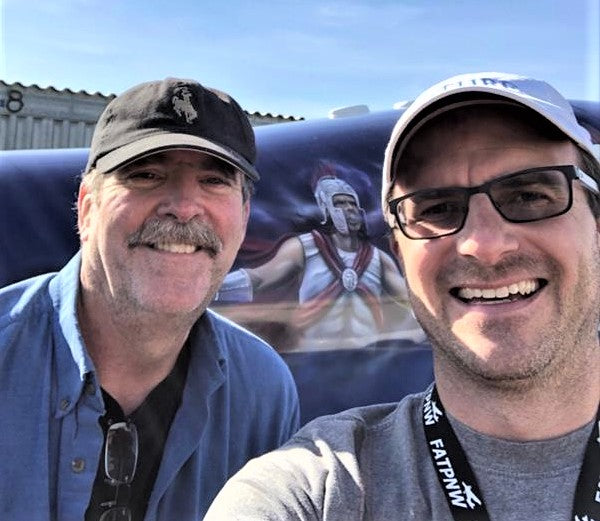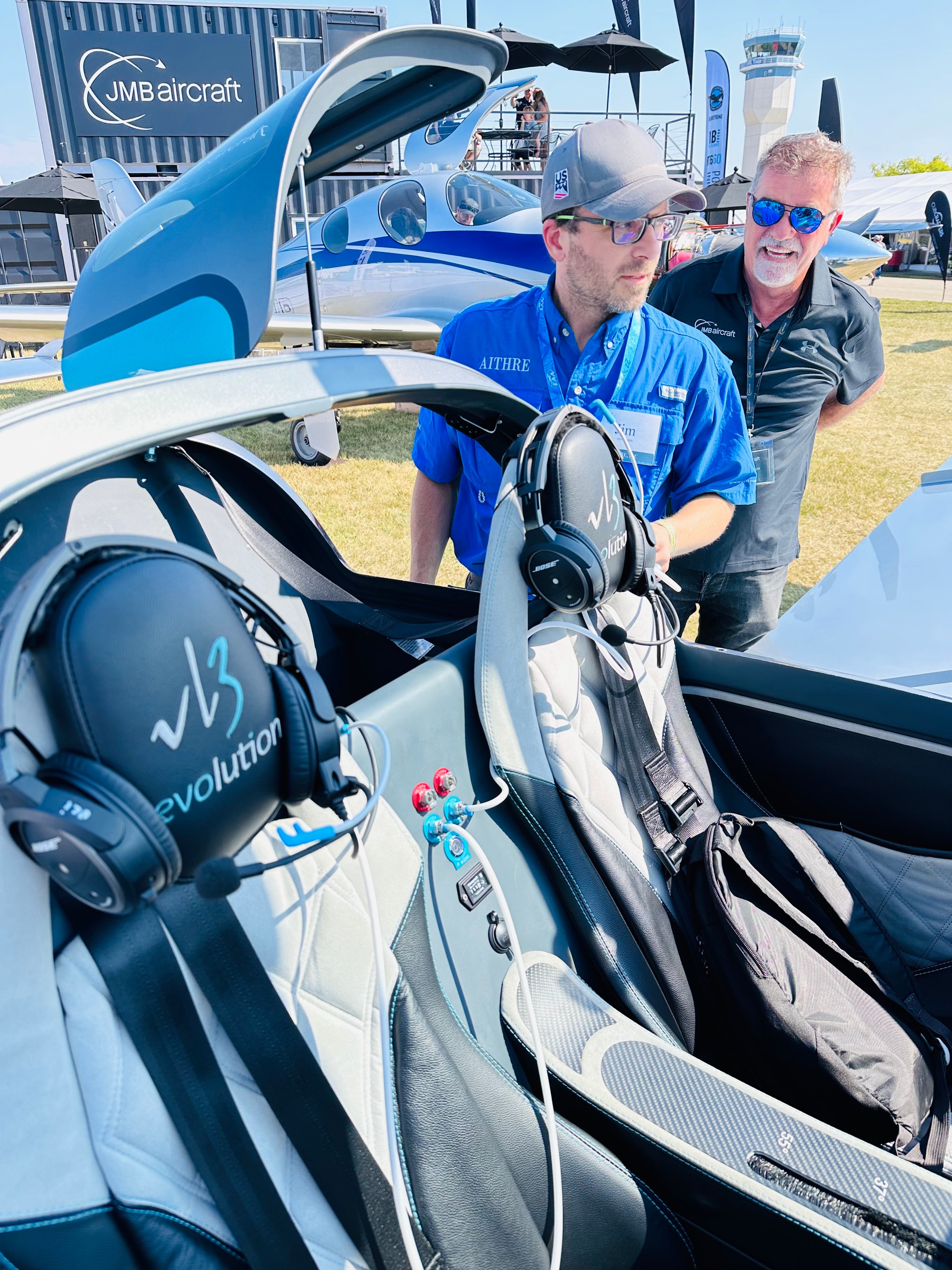There are a number of really great Special Light Sport Aircraft (SLSA) being manufactured in the last few years since the introduction of the category by the FAA. (here's a great compiled list if you are interested) All can be flown with a sport pilot certificate/endorsement.
The biggest difference with the SLSA is that the plane is more similar to larger general aviation type certified airplanes. These SLSAs are built to consensus standards versus FAA standards. The consensus standards are developed by industry, pilots and the FAA together which is much cheaper than the type certification process and the savings are passed on to the consumer hence the reason why the SLSA aircraft are much cheaper than certified manufactured aircraft.
The key benefits of the SLSA is that you can use the plane for compensation/hire, there is no flight testing required and that they have the best resale value (of the LSA aircraft). This makes these planes a great option for flight training/flight schools. One downside might be that the maintenance and annual inspections must be done by a Light Sport Repairman with Maintenance rating (LSRM)/Airframe and Powerplant mechanic (A&P)/or use a FAA certified facility. But for this reason the resale value is generally higher. One obvious downside for the SLSA is restricted to VFR only flying and additional restrictions if you only have a sport pilot license. But for many pilots especially those who have a sport license (not requiring a medical) this not much of a restriction when they only fly VFR to begin with.
From a personal experience, having built a kitplane, a personal assessment of this class of planes (ie Van's RV-12, Sling LSA, or Vashon Ranger) comes down to the time savings and advanced avionics. Kitplanes are attractive to a lot of pilots because of the cost savings and the flexibility to put in more advanced avionics for enhanced safety. But, if the build-time or garage/hangar space is a factor than having the plane factory built is very attractive. The cost is still significantly less than a certified plane and there are hidden costs when buying an older certified that might have hidden maintenance issues. The avionics upgrades are an obvious no-brainer and since they are installed and built-in the panel for you it takes most of the decision-making (that can handicap some of us) out of your hands.
Enhanced safety coupled with weight limits on the final plane are key highlights of these planes, many having above standard safety features and redundancies. Aithre products are geared towards pilot and cockpit environment safety.  The small size, light-weight, easy to integrate Aithre Shield EX 3.0 is a great safety enhancement fit within these parameter and is why it is now being offered in a few of the best selling SLSA planes (see RV-12is). The EX 3.0 gives the pilot the ability to see CO levels in his/her cockpit displayed on the Dynon Avionics/G3X display and also the ability to see oxygen tank levels (if they have it) and pilot and passenger SPO2 levels when coupled with other Aithre products.
The small size, light-weight, easy to integrate Aithre Shield EX 3.0 is a great safety enhancement fit within these parameter and is why it is now being offered in a few of the best selling SLSA planes (see RV-12is). The EX 3.0 gives the pilot the ability to see CO levels in his/her cockpit displayed on the Dynon Avionics/G3X display and also the ability to see oxygen tank levels (if they have it) and pilot and passenger SPO2 levels when coupled with other Aithre products.








